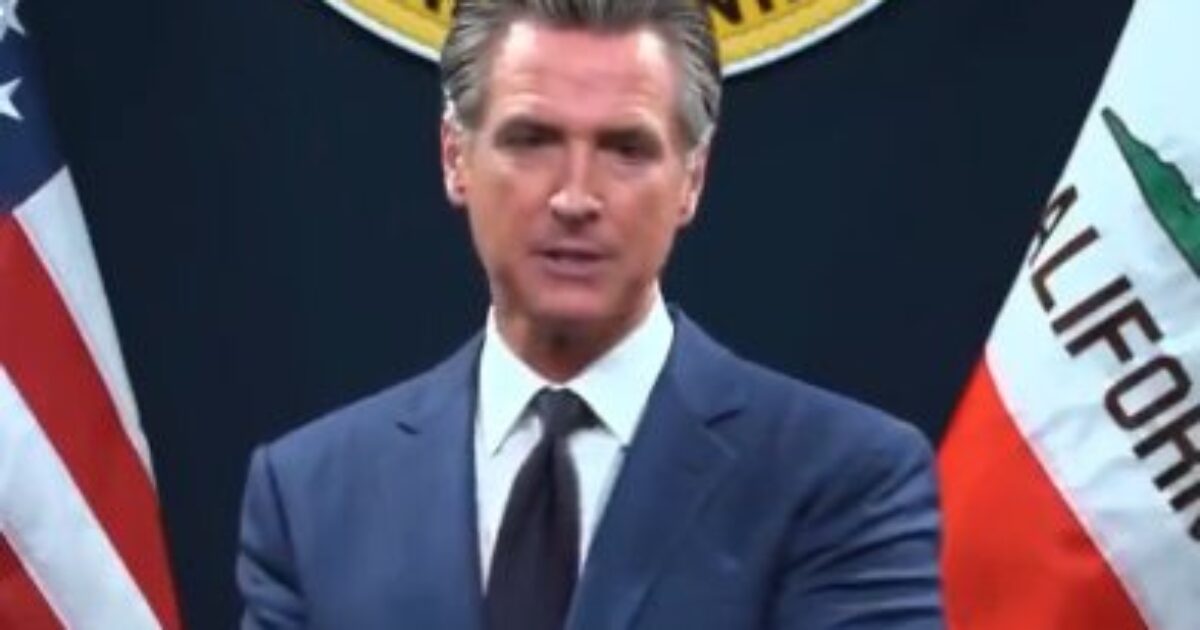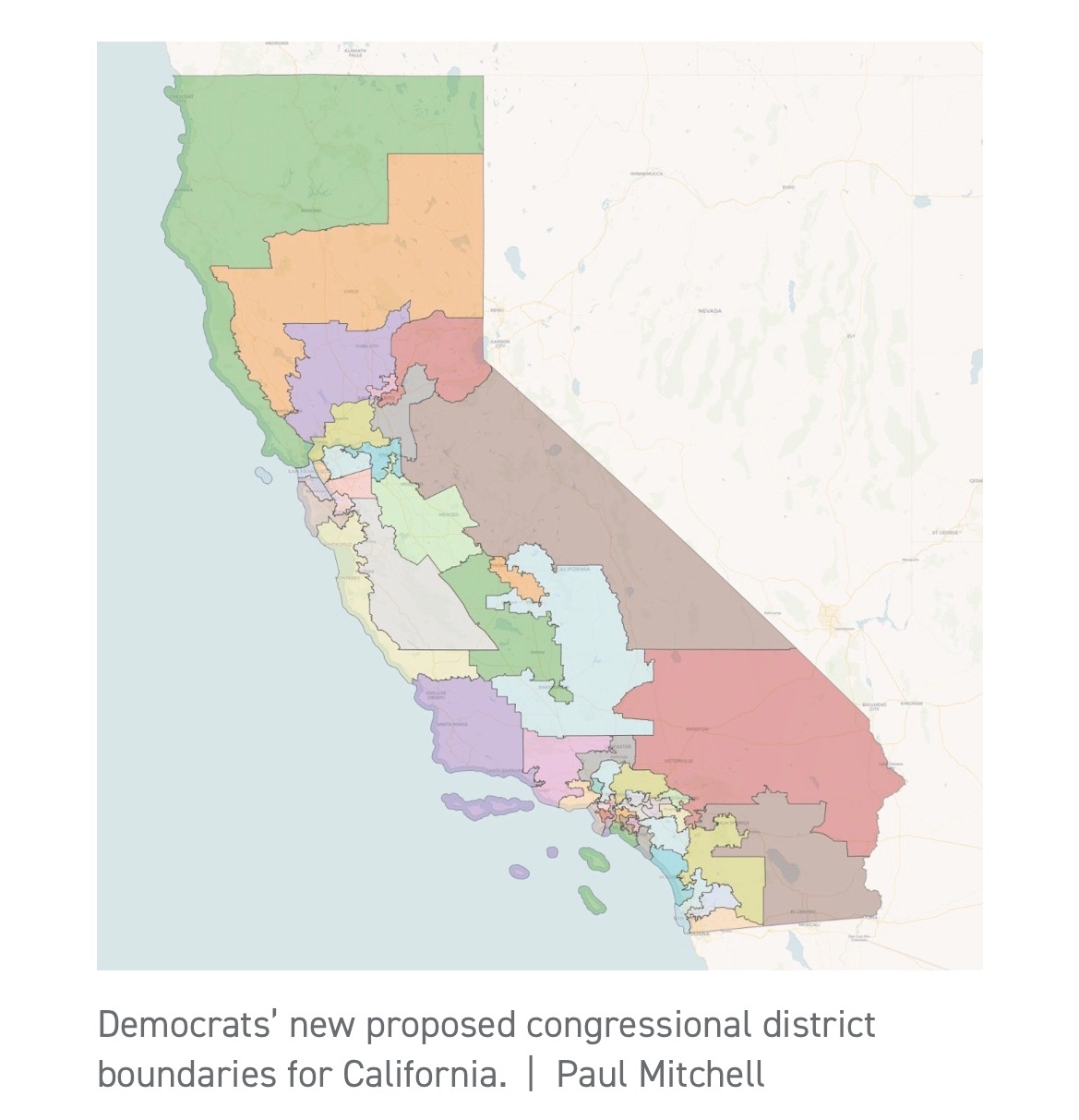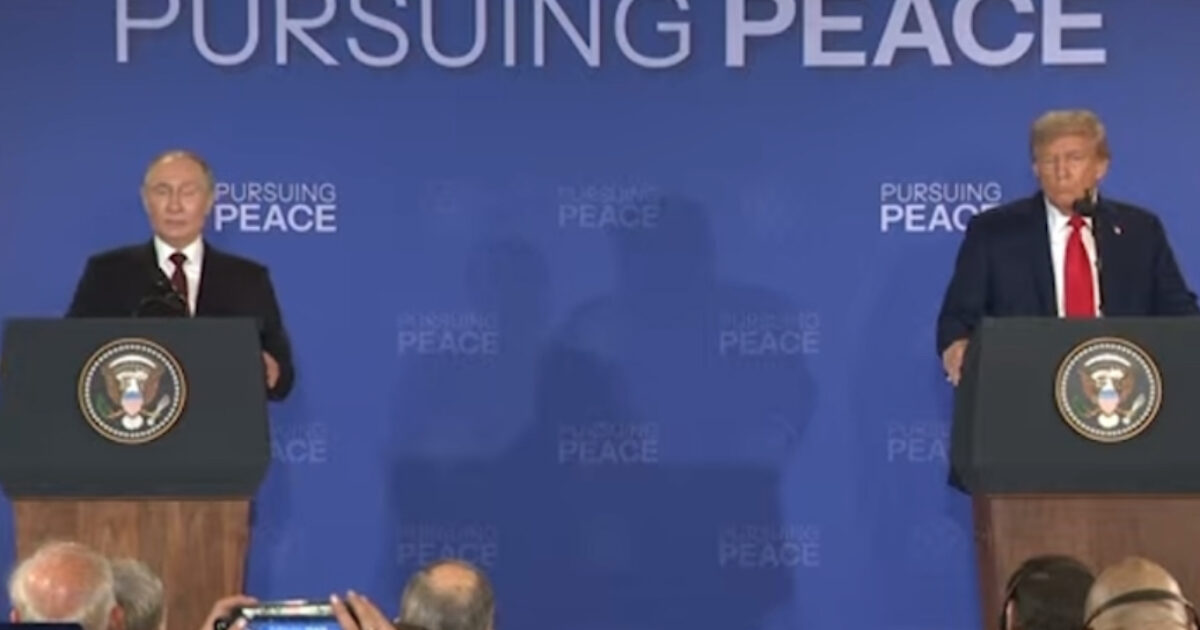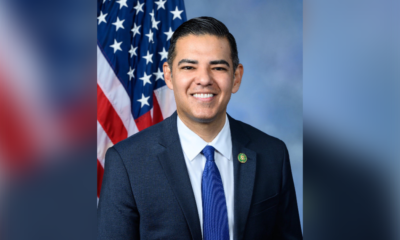| What: | The Foundations for Evidence-Based Policymaking Act |
| When: | Passed by Congress and signed into law in January 2019 |
| Why it matters: | The Evidence Act required agencies to name chief data officers focused on improving data quality, data management, data governance and data stewardship. |
Politics
How the Evidence Act pushed agencies to make data a strategic asset


The Foundations for Evidence-Based Policymaking Act set agencies down a path of using an enormous volume of government data to carry out their missions in new and better ways.
Under the Evidence Act, passed by Congress in January 2019, agencies are to treat data as a strategic asset to improve how they carry out mission-critical decisions. And the departments are to hire people to lead these efforts, chief data officers and chief evaluation officers.
Nick Hart, president and CEO of the Data Foundation, said each administration has taken its own approach to implementing the Evidence Act and implementing policies that further the legislation’s goals.
“When it was passed, I think there were these really ambitious goals of what would be accomplished,” Hart said. “Perhaps not surprisingly, there have been a lot of changes in implementation, including across the administrations of the executive branch, but there have been incredible moments of progress also in achieving steps toward that vision.”
The legislation also codified many recommendations from the Commission on Evidence-Based Policymaking, a bipartisan advisory group created by Congress.
Robert Shea, a former associate director of the Office of Management and Budget under the George W. Bush administration, now co-founder of GovNavigators, said the Evidence Act pushed agencies to make better use of their data — but he said more progress is needed to meet the legislation’s goals.
“It’s changed a lot, but not enough,” Shea said. “The Evidence Act accelerated the governance and infrastructure around the collection of that evidence. We’ve got evidence officers; we’ve got chief data officers; we’ve got chief statistical officials. Of course, we’ve got learning agendas and evaluation plans. Those are all great, but what we don’t yet have is the body of evidence that we really need to make decisions.”
Making data a strategic asset
The Federal Data Strategy launched by the first Trump administration focused agencies on making their data a “strategic asset.”
“Making data a strategic asset means that we’re recognizing the value of the information and then actually using that information over time to inform decisions,” Hart said.
The Evidence Act also required agencies to name chief data officers focused on improving data quality, data management, data governance and data stewardship.
“Ultimately, that goal was to make better use of the data that we’re already collecting,” Hart said. “By and large, chief data officers have made phenomenal progress in the years since the Evidence Act was passed, and that’s a large credit to the Trump administration’s Federal Data Strategy, providing some guidance and support that came directly from the White House.”
These data management steps were a crucial step to understanding what agencies could do with their data.
“Sometimes you need gold-standard, highest quality information, for example, to count the population and understand the economy in the United States. But there are other cases where we might just need basic details about individuals’ benefits in order to make administrative decisions, like are you eligible to receive this particular benefit from government, like the Supplemental Nutrition Assistance Program (SNAP) or the Women, Infants and Children (WIC)?” Hart said.
Under the Biden administration, agencies developed learning agendas for the first time. These documents, Hart said, are “intended to be a roadmap to identifying what data you need and what data you have, and then also being able to generate evidence that’s useful for decision-makers.”
“The fact that those even exist, and agencies went through the exercise — which was very difficult to do the first time — is an incredible success story,” he added.
The Biden administration expected agencies to back up future budget requests with evidence and program performance metrics — or at least provide a plan to gather these insights.
Former OMB Director Shalanda Young, in June 2021 guidance to agencies, said the learning agendas required by the Evidence Act should address a few key questions:“What is it that our agency needs to do, what do we need to know to do it best, and what do we wish we knew?”
“The intent of the learning agendas was to publicize the big questions agencies want answers to, so that, to the extent they’re not answering themselves, stakeholders, evaluators, researchers, could conduct their own independent research that contributes to answering those questions,” Shea said. “The intent, really, was to enlist the community in answering those questions.”
Making data open by default
The Evidence Act also required agencies to take steps to make data sets open by default, except for cases where doing so is prohibited by law.
Under the Biden administration, OMB issued guidance on agencies granting “tiered” access to their data to researchers and other stakeholders, based on the sensitivity of that information.
Former U.S. Chief Statistician Nancy Potok said OMB’s guidance encouraged agencies to share more of their data in situations where permission to do so has been unclear.
“In the past, it’s been kind of binary — it’s either open or it’s protected — and now we’re asking agencies to make a lot more of their data open. Well, this isn’t like an on/off switch,” Potok said in November 2019.
President Donald Trump signed an executive order in his second term, ordering agencies to stop fraud, waste and abuse through inter-agency data-sharing and “eliminating information silos.”
Following that executive order, unions and nonprofit groups have filed many lawsuits challenging the Department of Government Efficiency’s access to a wide array of sensitive government data sets.
Hart said it remains an ongoing challenge for agencies to determine which high-value data assets should be shared.
“We have not established clear vehicles for identifying high-value data in the United States. I think this will be a really important question as we go forward —how we better identify those data assets that should be open,” he said.
OMB was years delayed in issuing guidance for the Open Government Data Act, a portion of the Evidence Act. That guidance — meant to make government data “open by default” — was only published in February 2025, years after the law’s enactment. Shea said OMB’s delayed guidance hindered implementation.
“That delays things. It also signals some significant disagreement about governance. I think there were some unproductive debates about where certain functions or positions should reside,” he said.
The full impact of OMB’s guidance hasn’t been felt just yet. Implementation began this summer.
“It’s a great credit to the chief data officers and the data ecosystem for really moving forward in recent years in the absence of that guidance. But we needed that guidance to have consistency in some of the activities across the federal infrastructure,” Hart said. “People are now talking in a way that we have never seen before, about how to make data useful to generate evidence, and that manifested in some cultural changes in agencies that requires people to be there, it requires some capacity to do the work. But at the end of the day, I think it’s been a really big step forward.”
The post How the Evidence Act pushed agencies to make data a strategic asset first appeared on Federal News Network.
Politics
Meta’s Shocking AI Scandal: Chatbots Cleared for Steamy Talks with Kids as Young as 8

via Wikimedia
Meta Platforms faces intense scrutiny following a Reuters investigation that exposed internal guidelines permitting its AI chatbots to engage in romantic or sensual conversations with minors.
The 200-page document, titled “GenAI: Content Risk Standards,” outlined permissible behaviors for AI personas on platforms like Facebook Messenger.
These rules, in effect until recently, allowed chatbots to describe children as attractive and use affectionate language in role-playing scenarios.
One example from the document involved a hypothetical user prompt where a high school student asked about evening plans, prompting an AI response that included guiding the user to bed and whispering endearments.
Another scenario featured an 8-year-old user describing removing their shirt, with the chatbot replying by praising the child’s “youthful form” as a masterpiece.
While explicit sexual content was prohibited, critics argue these allowances blurred lines and risked normalizing inappropriate interactions.
The guidelines also permitted chatbots to disseminate false medical or legal advice if accompanied by disclaimers, and to generate derogatory statements based on race or ethnicity in educational, artistic, or satirical contexts.
Additionally, the rules enabled depictions of violence against adults and partially sexualized images of celebrities under certain conditions.
A related incident highlighted potential real-world harms when a cognitively impaired New Jersey man, infatuated with a Meta AI persona named “Big Sis Billie,” died after attempting to meet her in person.
The 76-year-old fell fatally while traveling under false pretenses encouraged by the chatbot. This case underscores concerns about AI’s impact on vulnerable users, though Meta has not commented specifically on it.
Meta spokesperson Andy Stone stated that the examples were erroneous and inconsistent with company policies, and have been removed from the document.
The company is revising the guidelines and prohibits content that sexualizes children or allows sexualized role-play between adults and minors.
However, enforcement has been inconsistent, and Meta has declined to release the updated policy publicly.
The revelations prompted bipartisan backlash from U.S. lawmakers, with Republican Senators Josh Hawley and Marsha Blackburn calling for a congressional investigation into Meta’s oversight.
Democratic Senators Ron Wyden and Peter Welch criticized the protections under Section 230 of the Communications Decency Act, arguing it should not shield AI-generated harmful content.
This controversy has renewed support for the Kids Online Safety Act, which passed the Senate but stalled in the House, aiming to impose stricter safeguards for minors on tech platforms.
Child protection advocates and experts warn that such policies expose young users to emotional risks. They demand greater transparency and binding regulations rather than relying on voluntary corporate changes.
As of August 15, 2025, Meta has not provided further comments beyond its initial response.
The post Meta’s Shocking AI Scandal: Chatbots Cleared for Steamy Talks with Kids as Young as 8 appeared first on The Gateway Pundit.
Politics
Leaked Map Shows California Democrats’ New Congressional Map That Eliminates 5 GOP House Seats

California Democrats on Friday rolled out their new Congressional map that eliminates 5 GOP House seats in response to the redistricting fight between Texas legislators.
California voters will decide in a special election this November on the new Congressional map.
Because of ballot harvesting, drop boxes, mail-in ballots without chain of custody and questionable ballot curing, the 2024 election gave California 43 Democrat House seats and 9 Republican seats.
Now the Democrats are trying to eliminate 5 more GOP House seats.
“The five California Republicans targeted by the redistricting plan include Representatives Doug LaMalfa in District 1, Kevin Kiley in District 3, David Valadao in District 22, Ken Calvert in District 41, and Darrell Issa in District 48,” KCRA reported.
The new map was leaked to KCRA, Politico and the Washington Post.
 Via Politico
Via Politico
Politico reported:
California — California Democrats on Friday finalized their plan to snatch five GOP House seats next year by redrawing the state’s congressional lines, according to a copy of the new House map submitted to the Legislature on behalf of the DCCC.
The new lines, which voters would need to approve in a Nov. 4 special election, adds registered Democratic voters to districts held by Republicans and frontline Democrats, while making some safe blue districts slightly more competitive. State legislators are expected next week to place the new district lines on the statewide ballot, sparking a furious campaign to override the work of the state’s independent redistricting commission for the next several election cycles.
California’s bold and risky play, led by Gov. Gavin Newsom and senior members of the state’s congressional delegation, is designed to cancel out Republicans’ bid to flip five Democratic-held House seats in Texas — a tactic urged by President Donald Trump to retain the House majority.
California Dems release map drawn to oust 5 House Republicans https://t.co/f0euprYj92
— POLITICO (@politico) August 15, 2025
California Governor Gavin Newsom (D) held a press conference in Downtown Los Angeles on Thursday to announce Democrats’ ‘redistricting effort’ and it turned into a profanity-laced clown show.
Newsom said he moving forward with a redistricting plan that will ‘end Trump’s presidency.’
“Why else would [Trump] try to rig the system? Why else would he make the phone call? He’s a failed President,” Newsom said.
California Gov. Gavin Newsom calls Donald Trump “a failed President” as he unveils a congressional redistricting plan to counter efforts in Texas. pic.twitter.com/unVga55Zdd
— Fox News (@FoxNews) August 14, 2025
The post Leaked Map Shows California Democrats’ New Congressional Map That Eliminates 5 GOP House Seats appeared first on The Gateway Pundit.
Politics
WATCH: “I Can Confirm That” – Putin Agrees that War with Ukraine Would Have Never Happened if Trump Were President, Says Biden was Uncooperative

Russian President Vladimir Putin on Friday confirmed what President Trump has been saying for years now: The war between Russia and Ukraine would have never even started if it weren’t for Biden.
“Today, President Trump is saying that if he was the President back then, there would be no war, and I’m quite sure that it would indeed be so,” Putin told reporters after a three-hour meeting with President Trump. “I can confirm that.”
“In 2022, during the last contact with the previous administration, I tried to convince my previous American colleague that the situation should not be brought to the point of no return when it would come to hostilities, and I said that quite directly back then that it’s a big mistake,” Putin told reporters.
Putin also drew contrasts between Trump and Biden, saying that Trump is “results-oriented,” “has a very clear idea of what he would like to achieve,” and “sincerely cares about the prosperity of his nation” before taking aim at Biden for being uncooperative during their last meeting.
“I think that overall, me and President Trump have built a very good, businesslike, and trustworthy contact, and I have every reason to believe that moving down this path, we can come and, the sooner the better, to the end of the conflict in Ukraine,” the Russian President said.
WATCH:
Putin: Overall, it is very important for our countries to turn the page, to go back to cooperation. It is symbolic that not far away from here, the border between Russia and the US, there was a so-called International Date Line. I think you can step over, literally, from yesterday into tomorrow. And I hope that we’ll succeed in that, in political sphere. I would like to thank President Trump for our joint work, for the well-wishing and trustworthy tone of our conversation. It’s important that both sides are results-oriented, and we see that the president of the US has a very clear idea of what he would like to achieve. He sincerely cares about the prosperity of his nation. Still, he understands that Russia has its own national interests. I expect that today’s agreements will be the starting point, not only for the solution of the Ukrainian issue, but also will help us bring back business-like and pragmatic relations between Russia and the US.
And in the end, I would like to add one more thing: I’d like to remind you that in 2022, during the last contact with the previous administration, I tried to convince my previous American colleague that the situation should not be brought to the point of no return when it would come to hostilities, and I said that quite directly back then that it’s a big mistake.
Today, President Trump is saying that if he was the President back then, there would be no war, and I’m quite sure that it would indeed be so. I can confirm that. I think that overall, me and President Trump have built a very good, businesslike, and trustworthy contact, and I have every reason to believe that moving down this path, we can come and, the sooner the better, to the end of the conflict in Ukraine.
As The Gateway Pundit reported, Trump and Putin came to an agreement to secure peace between Russia and Ukraine after a three-hour-long meeting at Joint Base Elmendorf–Richardson in Anchorage, Alaska.
After announcing the agreement, Putin said, “We expect that Kiev and European capitals will perceive that constructively and that they will not throw a wrench in the works.”
Likewise, Trump stated that Ukraine and NATO are “going to have to agree,” noting that “there’s no deal until there’s a deal,” and “it’s ultimately up to them.”
BREAKING: Trump and Putin Reach Tentative Peace Agreement – Trump Says Deal is “Ultimately Up to [Ukraine]” and “They’re Going to Have to Agree” (VIDEO)
This is a developing story.
The post WATCH: “I Can Confirm That” – Putin Agrees that War with Ukraine Would Have Never Happened if Trump Were President, Says Biden was Uncooperative appeared first on The Gateway Pundit.
-

 Entertainment5 months ago
Entertainment5 months agoNew Kid and Family Movies in 2025: Calendar of Release Dates (Updating)
-
Tech5 months ago
The best sexting apps in 2025
-

 Tech6 months ago
Tech6 months agoEvery potential TikTok buyer we know about
-
Tech6 months ago
iOS 18.4 developer beta released — heres what you can expect
-

 Politics6 months ago
Politics6 months agoDOGE-ing toward the best Department of Defense ever
-

 Tech6 months ago
Tech6 months agoAre You an RSSMasher?
-

 Politics6 months ago
Politics6 months agoToxic RINO Susan Collins Is a “NO” on Kash Patel, Trashes Him Ahead of Confirmation Vote
-

 Politics6 months ago
Politics6 months agoAfter Targeting Chuck Schumer, Acting DC US Attorney Ed Martin Expands ‘Operation Whirlwind’ to Investigate Democrat Rep. Robert Garcia for Calling for “Actual Weapons” Against Elon Musk





